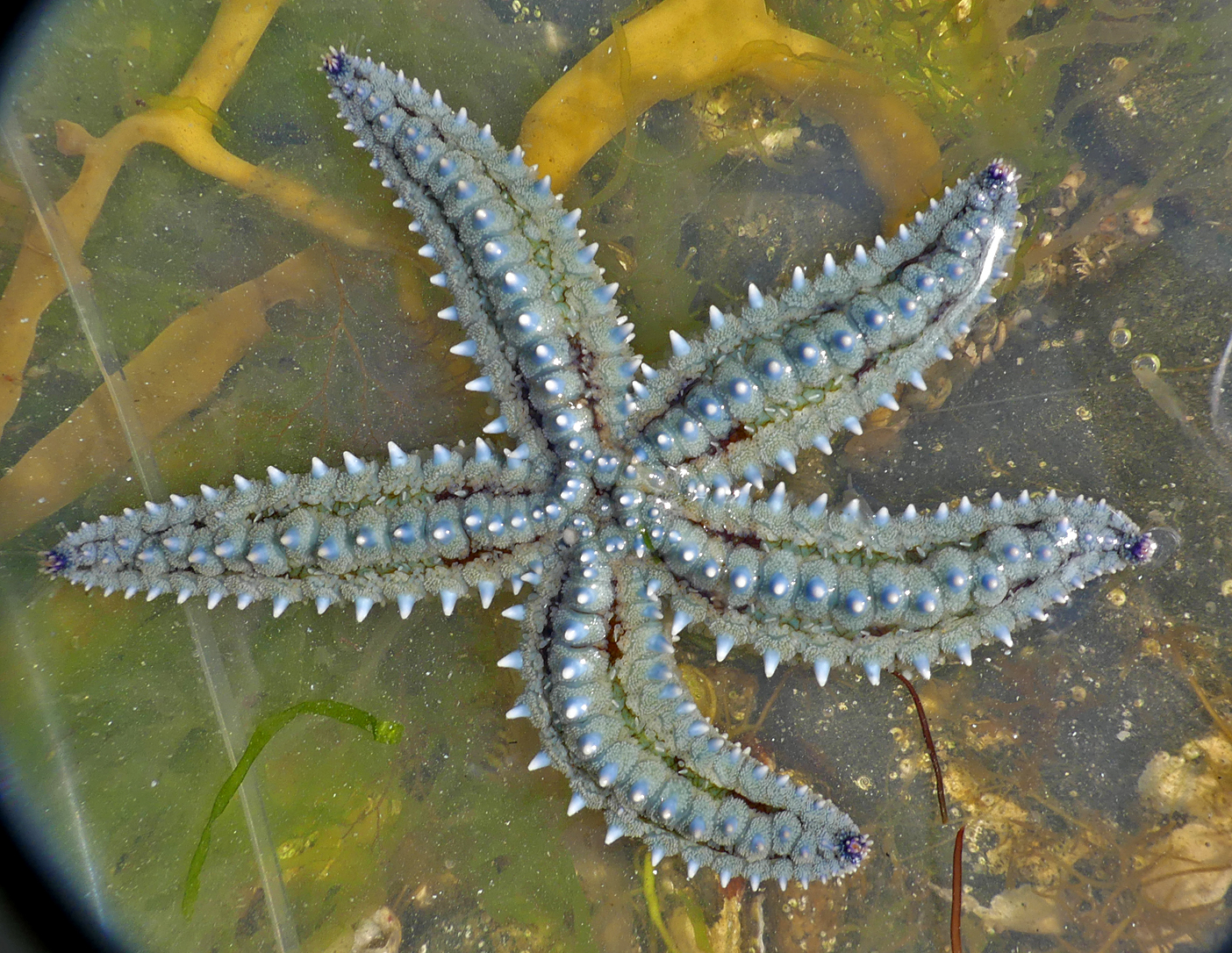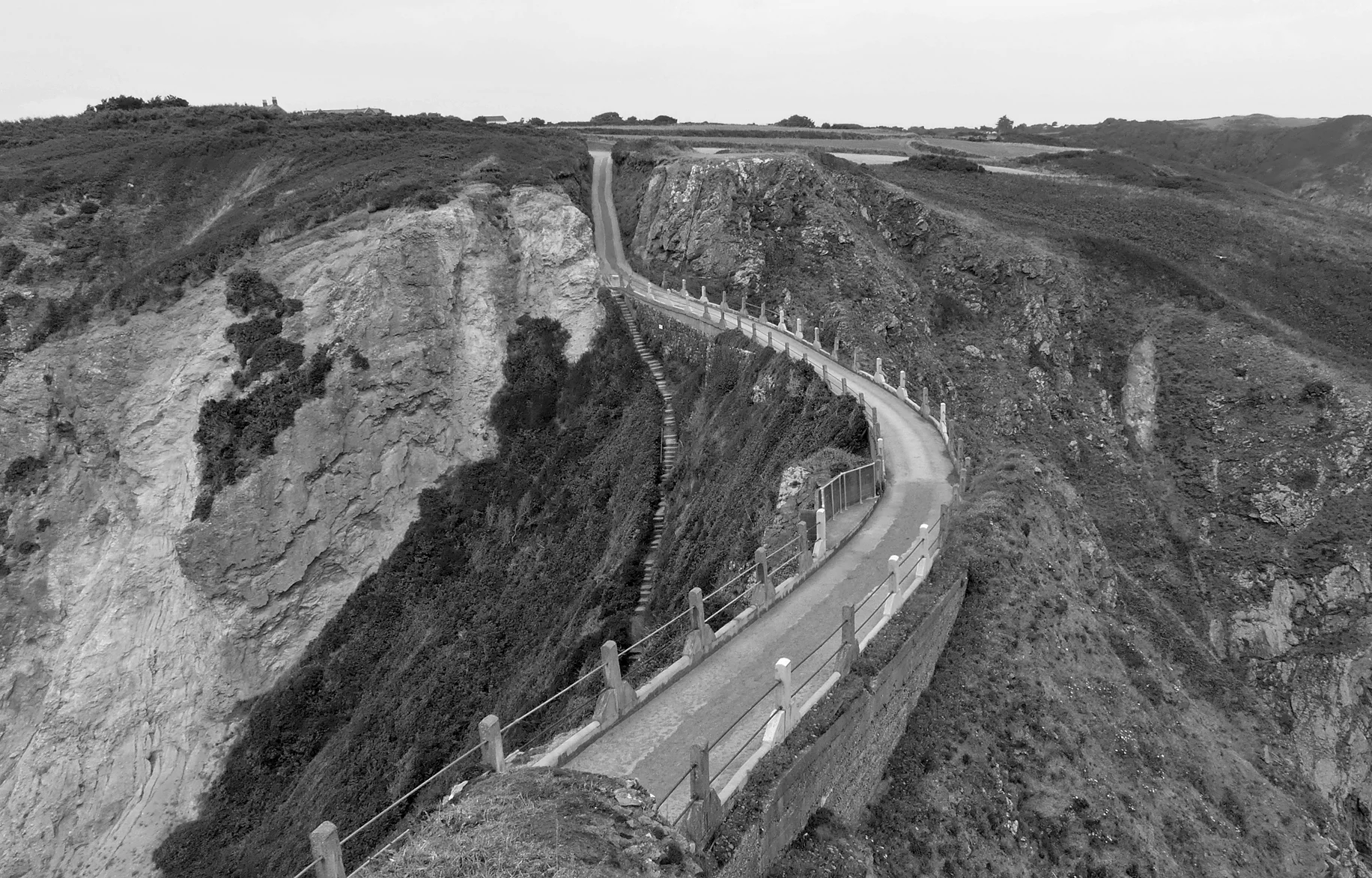Saturday 12th August 2017
/During the summer there seemed to be a lot of interesting seabirds present around UK waters, a lot more than usual. The pelagic trips off the south-west were seeing plenty of birds and the south coast headlands were getting lots of large shearwaters. This encouraged me to start some seawatching quite early this year, especially as people had been seeing smaller shearwaters flocking at various spots around the island. With a bit of a northerly wind direction on 25th July I joined a few of the boys for a seawatch off Jaonneuse. We had a decent selection for so early in the season with over a hundred each of Manx and Balearic Shearwaters constantly present offshore in feeding groups. We had a few Common Scoter, up to 40 'Commic' Terns, 13 Kittiwakes - which was unusual in mid-summer, 7 Med Gulls and my first Bonxie of the autumn. The highlights for me though were a Puffin and a Storm Petrel. I cannot recall ever seeing these species before on a proper autumn seawatch. I think all my local Stormies have been in the spring at dusk and all my Puffins have been seen around the Herm area (I could check on this but that would require a little effort and time....).
The next day on 27th July, the conditions were similar but, unfortunately, I was not able to go seawatching as I was looking after the munchkins whilst Rosie was working. Early in the morning at 9-ish I received a gripping grapevine text that a Great Shearwater had passed Chouet. Damn it! If only that had been yesterday. Oh well, that's how it goes - and I carried on with my day. Then again, at 11-ish, there was a second, more exciting grapevine message - the Great Shearwater had been seen again! This time, Kevin had seen it sat on the sea with a large flock of Manx Shearwaters. OMG!! What the hell to do?! Anais was still in her jimjams and it would take me a little while to get there and it was unlikely to stay that long. Gulp!
I decided to get all ready to go and try to find out news. If I knew it was still there, I'd be ready to dash straight off. Very soon after, I received a text from Wayne - "Got the Great Shearwater!" - Bleepin' Bleep!! I texted straight back "Now??" - he replied "No". I was not coping, so I gave him a ring. He told me that he'd seen it a bit ago in the flock but that he'd not seen it for a little while. However he suspected there was a good chance it was still around, as the shearwater flock was staying put and the birds were milling back and forth all the time. I grabbed Anais and we jumped in the car.
We sped to Chouet and parked up, feeling certain that I'd be too late - it had been a good hour since Kevin had first seen it on the sea. Me and Anais scuttled up the path behind the tip, screeching to a halt behind the seawatching hide. From inside the hide, Wayne turned round and shouted "Quick - it's here NOW!" and almost dragged me through the hide door. He thrusted his binoculars into my hands and I frantically scanned the sea off the headland. A couple of others in the hide were shouting directions, and suddenly, there it was! A superb Great Shearwater skimming the waves. A Guernsey tick and not even through my own bins!
Apparently, I was very fortunate. Wayne had not seen the bird at all since he texted me and it had only reappeared just before I bowled up. I quickly sorted out my 'scope and saw the bird very well as it moved back and forth between the flocks. There were lots and lots of shearwaters in loose flocks all across the vista and many of them were really close in, well in front of the reef. I never thought I'd get Great Shear so close it was easily identifiable with a pair of bins. It drifted off after a few minutes and we couldn't find it for a while until it reappeared further back, just in front of the reef. The pics below are my poor attempt at record shots, although they are pretty much identifiable! (For better shots when the bird was closer in, see Andy's shots HERE and HERE). I couldn't stay much longer as Anais was getting mischievous and starting to climb up my tripod, but I was so amazed that I'd managed to twitch a Great Shearwater. I am not sure that the bird was seen again after our sighting. I'd ticked both large shearwaters for my Guernsey list in less than a week!
Great Shearwater - Chouet, 26 Jul 17
Great Shearwater - Chouet, 26 Jul 17
This was not my first ever Great Shearwater however. My only previous sighting of the species was a rather odd one, on our BUBO lads trip to Cornwall in autumn 1991 when I was 19. We'd had an interesting day exploring various spots around Cornwall on 14th September, ticking off both Woodchat Shrike and Aquatic Warbler for my list, and were celebrating by drinking a few beers in a St. Just pub. I volunteered to take the ten pence pieces into the phone box outside to phone Birdline South-west to see what had turned up today and almost dropped the receiver when I heard "....1500 Great Shearwaters off Porthgwarra...."!!!! We had been totally unaware that there was a massively massive passage of Great Shears passing right under our noses - we'd even been to Porthgwarra that day! Of course, that wouldn't happen nowadays with bird news at the fingertips. Needless to say, we stumbled out of our tent in the morning to make sure we were in situ for first light and were grateful that the passage had continued. We recorded 700+ Great Shearwaters that morning but unfortunately they never stuck in my memory very well, as nearly all of them were quite distant and I had quite basic optics at the time.
Gold Spot - garden, 30 Jul 17
In the second week of the holidays we had a visit from my sister and her family on their biennial trip to Guernsey. One thing we always do during this time is a intensive rockpooling session and this year we chose Lihou Causeway and I had plenty of new species including some of the creatures below. My favourite was an actual living Ormer which looked incredible up close. Bright green and full of character, peering out of his shell. I don't know why people eat shellfish as they do not look at all appetising.
"The Rockpool Ninjas" - Lihou Causeway, 8 Aug 17
Ormer - Lihou Causeway, 8 Aug 17.jpg
Ormer - Lihou Causeway, 8 Aug 17
Spiny Starfish - Lihou Causeway, 8 Aug 17
Spiny Starfish - Lihou Causeway, 8 Aug 17
Squat Lobster - Lihou Causeway, 8 Aug 17
Long-spined Sea Scorpian - Lihou Causeway, 8 Aug 17.jpg
Small-headed Clingfish - Lihou Causeway, 8 Aug 17.jpg
Maera grossimana - Lihou Causeway, 8 Aug 17.jpg
The wind swung around to the north again on 10th August and so I went for another seawatching session at Jaonneuse. There were not lots of birds passing but it was a still brilliant because, as well as the 7 Arctic Skuas and 3 Bonxies, we recorded a really nice Pomarine Skua - and it had spoons - not massive spoons, but spoons nonetheless.
On the next day, 11th August, there were no plans at all for birding as I had my car booked in to be looked at, since it was not starting properly. I always take my bag with my bins and camera almost everywhere I go (much to Rosie's chagrin) but as I was going to be leaving my car at the garage for the day, I thought there was no point in taking them just to bring them back. I should have known that would be a big mistake! As I was waiting for Rosie to collect me, the guy had already had a quick look at the car, saw what the problem was and said I could drive home whilst he ordered a new starter motor. Simple.
So, I casually drove back along the west coast in the sun, singing along to my CDs when, as I was passing Portinfer, I saw a large flock of Starlings perched all along the house roofs. I looked to the left, and through the windscreen, perched up on the chimney was a classy, pink as you like, adult Rose-coloured Starling. It was weird because everything seemed to go in slow motion, like in a film when the cop spots the suspect as he drives down the road, and the film slows right down as they clock each other. Despite it being a fleeting moment, I had a very good view for a few seconds.
Of course, there's nowhere to stop along there and there were cars behind me, so I carried on and turned up towards the Portinfer car park and reached for my bins. Oh crap! So I ran back to the road where I saw it, to try and get a record shot on my phone but I could not find the bird at all. I informed some other people and when they arrived I'd hoped to be able to borrow some bins to look at the bird, but it was still being annoyingly absent. I didn't have much time to play with as I'd arranged a trip to Castle Cornet with the family, but I thought it was worth speeding home to grab my gear whilst it was still being looked for. Returning to the site and chatting with the lady whose garden all the Starlings were feeding in, she said she had seen it earlier on her feeders. I had driven past this spot lots of times in the last week and not seen any Starling flocks so maybe some had arrived all of a sudden, bringing the Rosy with them. We went up and down the road a few times to no avail and I eventually had to depart. Luckily, Wayne stuck around for a while longer and managed to get a few snaps of the bird (below). What a corker - and "self-found" on my patch as well. This was actually the first pink Rose-coloured Starling that I had ever seen so it was a shame it was so brief. Although beggers can't be choosers and I reckon I am on a run of luck at the moment so I ain't gonna complain!
Rose-coloured Starling - Portinfer, 11 Aug 17
Firing the Noon-day Gun, Castle Cornet, Aug 17
Castle Cornet, Aug 17
Clock mechanism, Castle Cornet
Small Tortoiseshell, Castle Cornet, 11 Aug 17





























